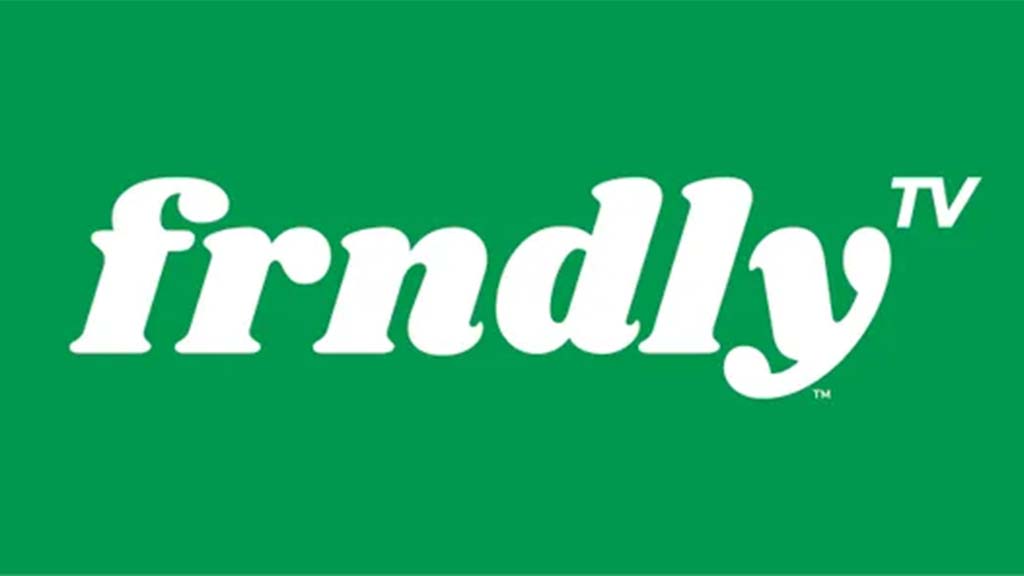Vista Spyder X20 Manages Content On Three Sets At China State Broadcaster's New U.S. Hub
China's state broadcaster CCTV (China Central Television) recently launched its new U.S. hub in Washington, D.C. with the Vista Spyder X20-0808 video processor managing graphics and video content and feeding it to three sets.
The U.S. operation delivers English-language programming to China and the Washington hub is the latest in CCTV's worldwide expansion - which includes a studio in Nairobi, Kenya, a European bureau, and a newsgathering bureau and studio in Dubai. CCTV operates 16 national channels in China and claims a global TV audience of one billion.
"Spyder is very well known in the broadcast world as a high-end video processor with a very good reputation in the industry," says Caroline Aldridge, COO and project manager for Oceanside, California's Broadcast Design International, Inc., (BDI) a full-service, international set design and construction company.
"Everything in the three sets can change - with lighting, video or graphics giving them a completely different look," notes Aldridge. "CCTV wanted to use the latest and greatest of everything while maintaining a clean, elegant on-air look and lots of silver and gray-toned textures."
BDI teamed with Philadelphia-based Video Visions, Inc to enable CCTV to manipulate PAL video and graphics seamlessly across multiple high- and low-resolution displays. The three Vista Spyder X20 video processors control an array of video walls, LEDs and flat-panel displays on three sets - displaying HDSDI-driven titles, logos, graphic elements, breaking news and interviews.
"We use Spyder often for large video wall arrays," reports Video Visions, Inc. project manager Jeff Pasternak CTS. "It's by far the best processor out there. Spyder seamlessly manipulates graphics or video across the studios despite different pixel counts and resolutions."
One Spyder X20 is dedicated to Studio A's CCTV News Center set where it feeds video and logo graphics to a curved Sun Coast 4mm LED screen on the middle of the anchor desk and, across the back of the set, a curved video wall comprising 42-inch Orion flat panels in a 3 by 7 configuration. In that same studio, it also feeds a 103-inch Panasonic flat panel (with U-Touch touchscreen control) to the right of the video wall. In the News Center's stand-up section, the Spyder also manages content on the three 32-inch horizontal and one 65-inch vertical Panasonic flat panels.
Get the TV Tech Newsletter
The professional video industry's #1 source for news, trends and product and tech information. Sign up below.
The second Spyder X20 is used for the "Biz Asia America" show and other financial news programming originating from the other side of Studio A. This Spyder X20 manages and controls content to another Sun Coast 4mm LED screen mounted to the front of the anchor desk, an L-shaped 4 by 5 video wall composed of 42-inch Orion flat panels, two Sun Coast 8 mm LEDs flanking the video wall, and, to the left, an 85-inch Panasonic flat panel with U-Touch touchscreen control.
Studio B has its own dedicated Spyder X20 for the monitors and LED screens on its news set. Here, the Spyder feeds a 2 x 5 curved videowall featuring 42-inch Orion flat panels bookended by Sun Coast 8mm LEDs for graphic displays. A 103-inch Panasonic flat panel to the right displays breaking news. On the left, vertically mounted with the ability to rotate, a 42-inch Panasonic flat panel can serve as the anchor's over-the-shoulder monitor and display remote guest appearances. A triangular box on the desktop has white LED lighting with the Spyder X20 feeding a Sun Coast 4mm LED on the front of the desk.
An additional Spyder X20 is available in a separate control room for future Chinese-language shows.
Jeff Pasternak recalls that he got goose bumps when he saw the image quality on the very high-resolution video walls and low-resolution LEDs, and how seamless the image flow is from Spyder.
"Spyder is so sophisticated but to the operator it's relatively simple to run," he notes. "After a few training sessions, the operators became fluent: They can preprogram plots, hit cue and step through them or have them sequence automatically. It is impressive to watch people with no experience with the product adopt it and use it to its full potential. Spyder is so user-friendly that they're exploring new possibilities."
Pasternak adds that, "Vista's support of Spyder is excellent. In fact, it's a major selling point from an integrator's standpoint."
About Vista Systems
Vista Systems was acquired by Christie, a global leader in visual solutions for business, entertainment and industry, to create a comprehensive source for image processing and projection solutions. The acquisition combines the power and flexibility of Vista's video switchers and real-time windowing and composition products with the power, performance and reliability of award-winning Christie projection systems. Vista Systems' switchers have become the industry standard for live multiple-destination video and data mixed signal switching. For more information on Vista Systems, visit their website at www.vistasystems.net.
